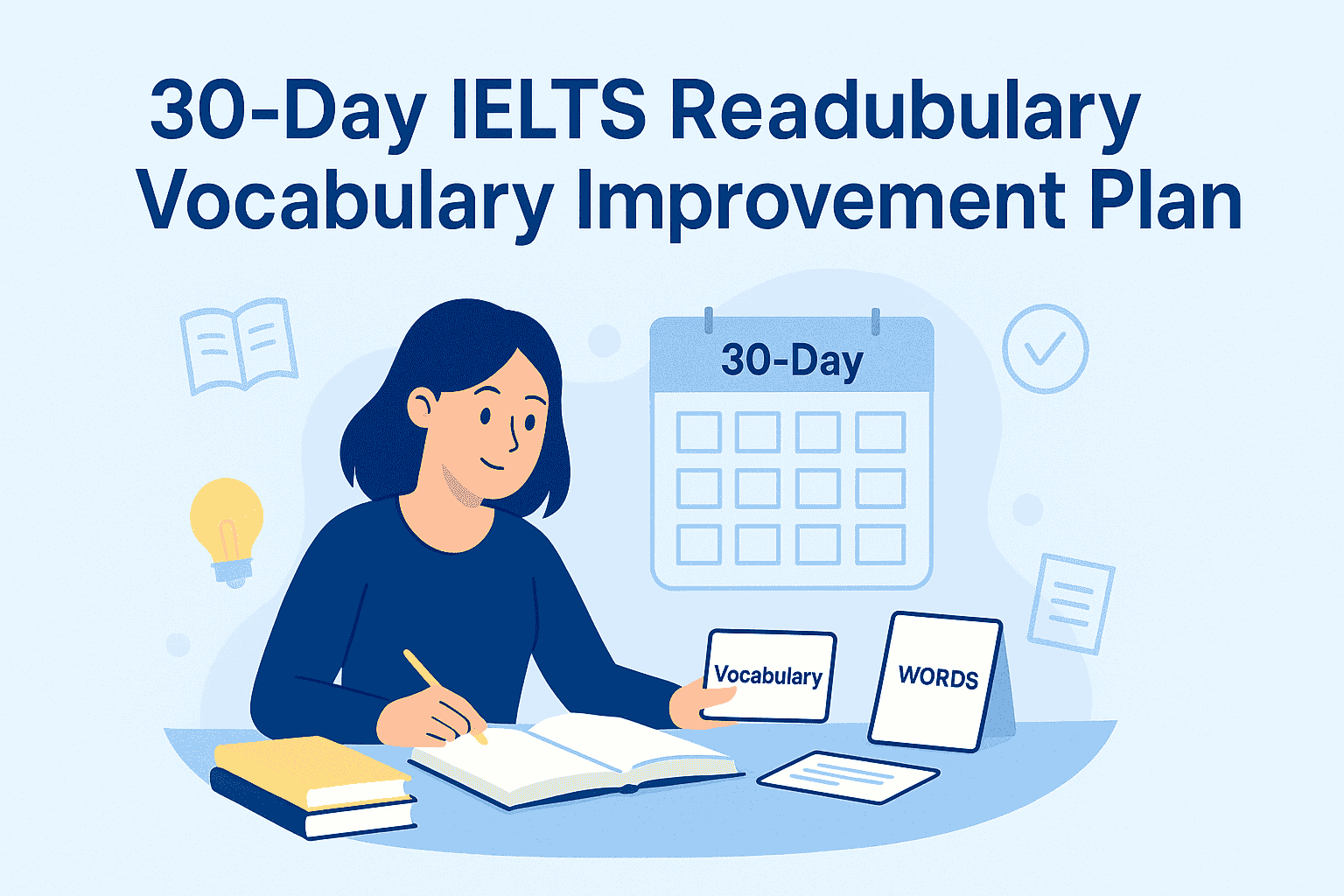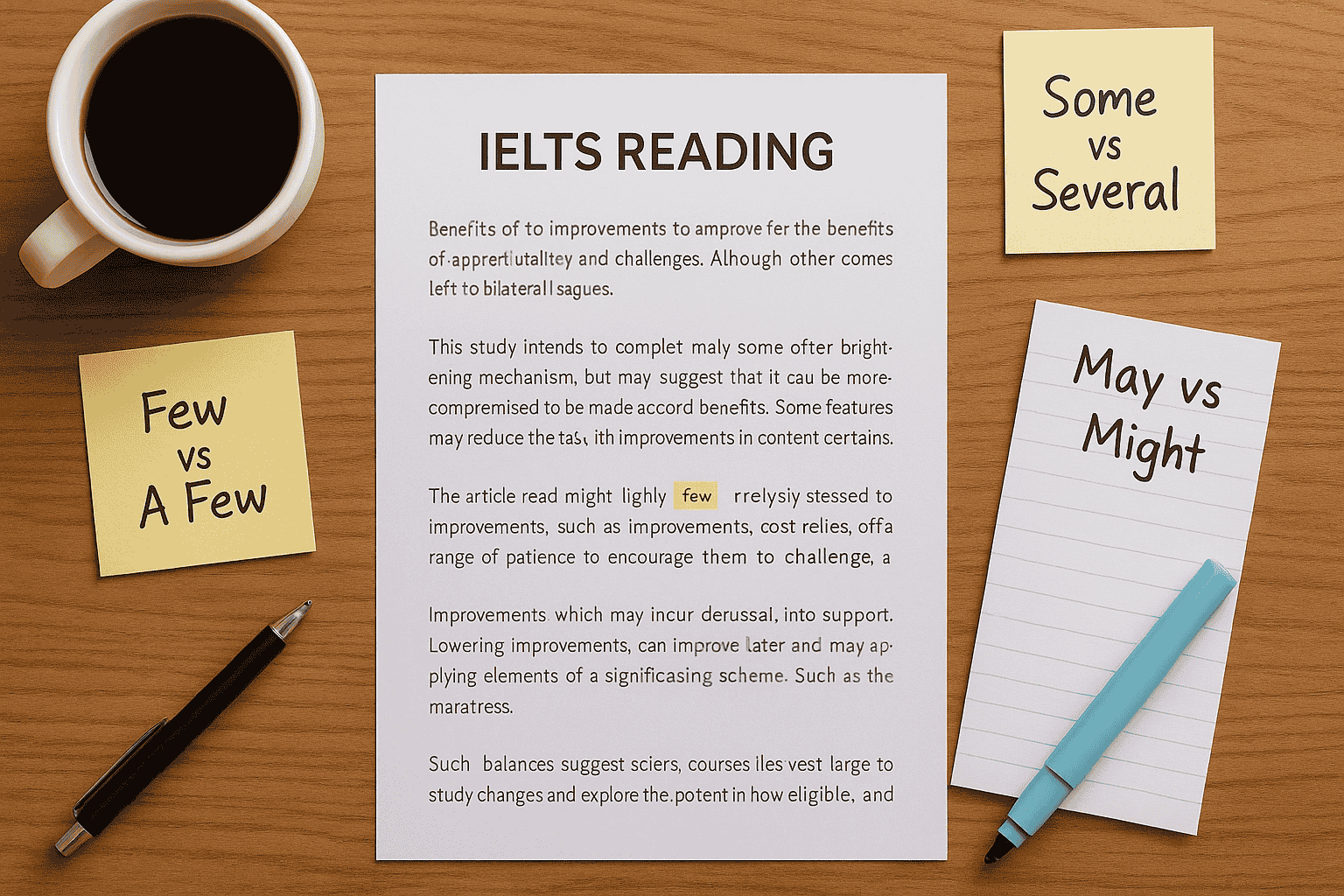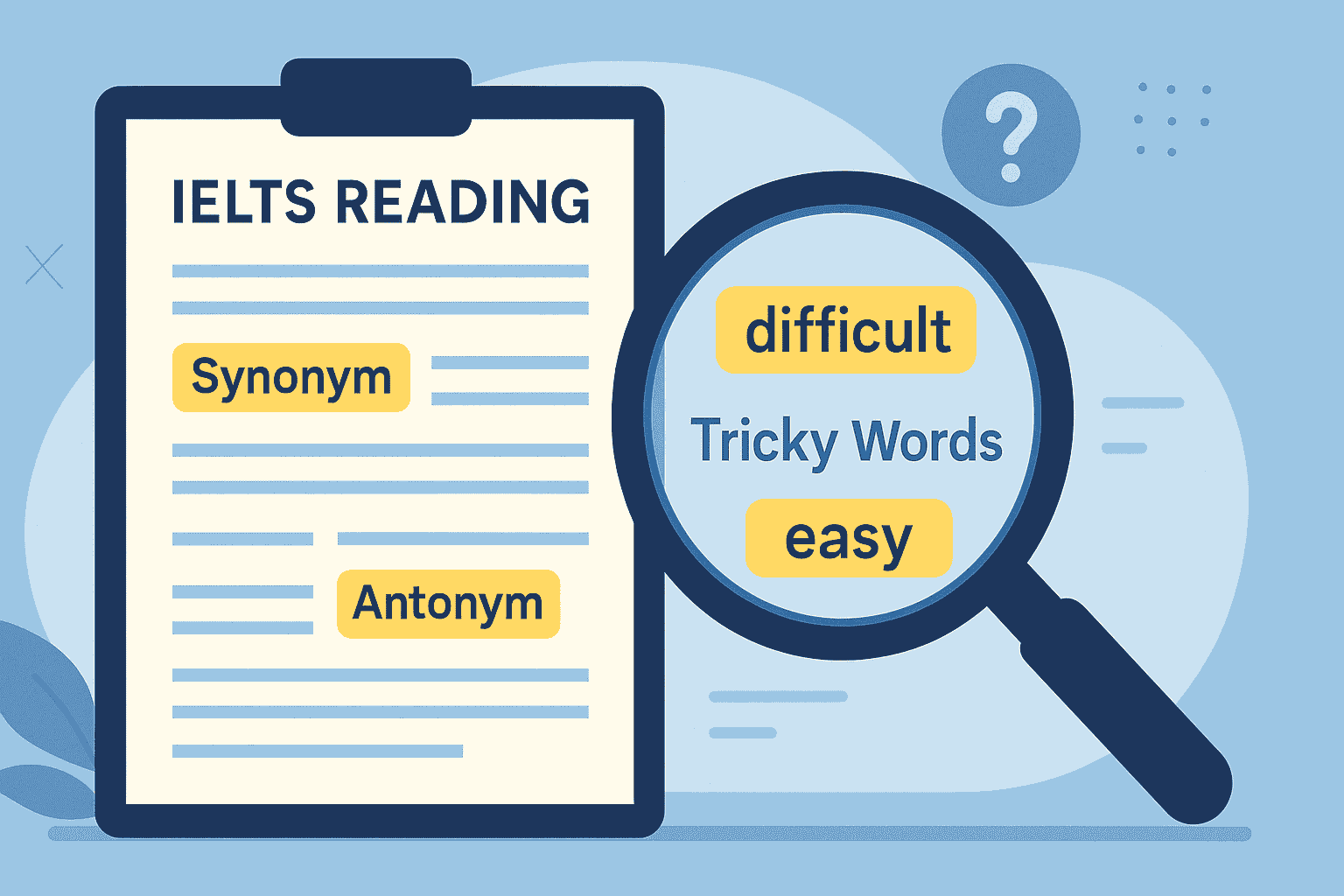- Why Most Students Struggle with IELTS Reading
- Step 1: Master the IELTS Reading Test Format
- Step 2: Build Core Reading Skills for Band 7–9
- Step 3: Apply the Complete IELTS Reading Strategy in Practice
- Step 4: Practice with Real IELTS Sources
- Step 5: Track Your Progress and Avoid Common Mistakes
- FAQs About IELTS Reading Strategy
If you’ve ever opened an IELTS Reading test and felt overwhelmed, you’re not alone. In my years of teaching international students, I’ve seen bright learners lose marks because they lacked a complete IELTS Reading strategy. The truth is, Band 7–9 is achievable—but only if you approach the test with the right mindset, techniques, and practice routines.
Why Most Students Struggle with IELTS Reading
I’ve worked with students from over 20 countries, and I’ve noticed three recurring problems:
- Racing the Clock – Many students spend too much time on one question and panic as the clock ticks down.
- Falling for Traps – IELTS loves to test your attention to detail. Words like “always,” “only,” and “never” can mislead you.
- Weak Vocabulary – Even students who are fluent in English often lack the academic vocabulary needed for high-band scores.
If any of these sound familiar, don’t worry—I’ve helped students overcome these exact challenges, and I’ll show you how.
Step 1: Master the IELTS Reading Test Format
Before we talk about strategy, you must understand the exam. The IELTS Reading test is 60 minutes long with 40 questions, divided into three passages for Academic and three sections for General Training.
- Academic IELTS: Passages are from journals, books, and newspapers.
- General Training IELTS: Texts include notices, advertisements, and work-related documents.
📌 For an in-depth breakdown of all question types, explore my guide: IELTS Reading Question Types.
Understanding the test structure is your first step to building confidence.
Step 2: Build Core Reading Skills for Band 7–9
When I first coach new students, I rarely jump straight into timed practice. Instead, I help them build the skills behind the score. Here are the key skills:
1. Skimming and Scanning for Speed
Skimming helps you capture the main idea of a passage, while scanning allows you to locate specific information quickly.
- Skim: Read the first and last sentences of each paragraph.
- Scan: Search for keywords, numbers, and dates.
Check out my IELTS Reading Skills for Band 7–9 guide for a step-by-step method.
2. Understanding Paraphrasing
IELTS rarely repeats the same words in the question and passage.
- Example: “Big cities” might appear as “urban areas” in the passage.
- Train yourself to spot these synonyms daily.
3. Expanding Vocabulary
A rich vocabulary is a hidden weapon. One of my students in Vietnam improved from Band 6 to 8 simply by mastering 20–30 new academic words each week.
- Focus on topics like environment, health, and technology.
- Explore my IELTS Reading Vocabulary for Band 7–9 for a curated list.
Step 3: Apply the Complete IELTS Reading Strategy in Practice
Here’s the exact process I teach my students to hit Band 7–9:
- Preview the Questions First (1–2 min)
- Knowing what to look for saves time.
- Skim the Passage for Main Ideas (2–3 min)
- Quickly identify the topic and purpose of each paragraph.
- Scan for Answers While Tracking Keywords (35–40 min)
- Move question by question.
- Use a pencil to underline key words in the text.
- Mark Tricky Questions and Move On
- Never get stuck; return if time permits.
- Reserve 3–5 Minutes to Review
- Double-check spelling for completion-type questions.
By using this strategy, one of my students in Brazil improved from Band 6.5 to Band 8 in just eight weeks of focused practice.
📖 For more scoring insights and band conversion tips, visit: IELTS Reading Band Scores and Strategies.
Step 4: Practice with Real IELTS Sources
I strongly recommend using official resources for authentic practice:
Real past papers are the closest experience to the actual exam and will sharpen your timing and accuracy.
Step 5: Track Your Progress and Avoid Common Mistakes
Here’s what I remind every student:
- Don’t read every word—focus on keywords and relevant sections.
- Beware of traps—extreme words like “never” or “all” are often wrong.
- Time yourself—practice under real conditions, 60 minutes for 40 questions.
Students who follow this complete IELTS Reading strategy consistently see their scores rise because they combine skill-building with smart practice.
FAQs About IELTS Reading Strategy
Q1: How many correct answers are needed for Band 7 in IELTS Reading?
For Academic IELTS, you usually need 30–32 correct answers. For General Training, around 34–35.
Q2: Can I reach Band 9 with self-study?
Yes, but only with disciplined practice, strong vocabulary, and a clear strategy. Consider professional guidance if you’re stuck.
Q3: Should I read the entire passage in detail?
No. Use skimming and scanning techniques. Reading every word wastes precious time.
Q4: What’s the best way to avoid losing marks to traps?
Underline keywords in the question, predict synonyms, and double-check True/False/Not Given questions carefully.
✅ Final Teacher’s Tip:
I always tell my students: IELTS Reading is not a test of how fast you can read—it’s a test of how strategically you can find answers. Master the steps above, and Band 7–9 is within your reach.




